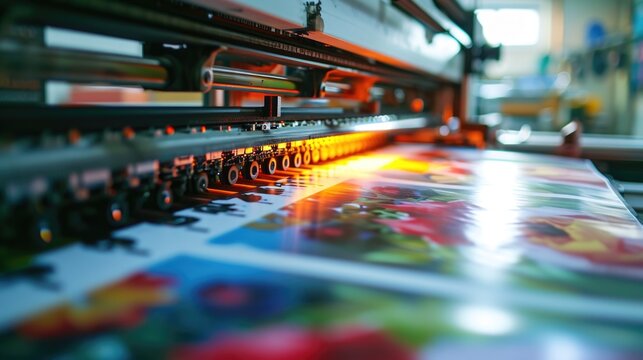In the fast-paced world of events and networking, name tags have become more crucial than ever. Not only do they serve the practical purpose of identifying individuals, but adding a personal touch with pictures can make them even more engaging. Here we delve into how to make name tags with pictures, offering an array of ideas and insights that cater to your creative and professional needs.

Why Use Pictures in Name Tags?
Pictures on name tags can be a game-changer, especially in large gatherings. They not only help people remember faces, but also add a personal touch that can spark conversations. This unique addition can lead to meaningful connections and memorable impressions.
Materials Needed for Crafting Picture Name Tags
- Blank name tag sheets or adhesive labels
- High-quality paper or cardstock
- Printer (color recommended)
- Scissors or a paper cutter
- Laminator and laminating sheets (optional)
Choosing the Right Picture
Before starting, consider the purpose of the name tag. For business events, a professional headshot is recommended. For more casual gatherings or creative settings, a fun, expressive image might be more appropriate.
Designing Your Name Tags
Using Software for Design
There are several tools available to design name tags with pictures. Software like Canva or Photoshop can be highly effective for creating stunning and professional-looking name tags. Alternatively, Microsoft Word offers guides on how to create simple yet appealing designs.
Steps to Design
1. Choose a template that suits your event theme.
2. Insert your chosen image and adjust its size and position.
3. Add text boxes for the name and title.
4. Play with fonts and colors to match the event’s tone.
Printing Your Name Tags
Once designed, it’s time to print. It’s best to use a high-quality printer to ensure the picture and text are clear. If you are printing at home, check out this guide for tips on achieving the best results.
Lamination: Is It Necessary?
Laminating name tags can add durability, especially if they need to last for more than one event or are frequently handled. While optional, it provides a protective layer that keeps your tags looking pristine.
Lamination Process
If you choose to laminate:
- Cut out each name tag.
- Place each tag inside a laminating pouch.
- Run it through a laminator, allowing it to cool down completely before handling.
How to Attach Name Tags
Diverse Attachment Options
Consider these options for attaching name tags:
- Pin backs
- Lanyards
- Magnetic holders
- Clip-on
Incorporating QR Codes
To make your name tags even more dynamic, consider adding QR codes. These can link to professional profiles or portfolios, providing instant access to more information about the guest.
Environmentally Conscious Choices
Being eco-friendly is key in modern event planning. Opt for recyclable materials or digital-only alternatives, reducing waste while maintaining a professional appearance.
Customizing Name Tags for Different Events
Event type significantly influences the design of name tags:
- Business Conferences: Sophisticated designs with a corporate logo and professional headshots.
- Creative Workshops: Colorful and artistic designs with informal, expressive photos.
Technological Advancements in Name Tags
With technology advancements, some events are using digital name tags that not only store contact info but can sync with event apps for enhanced networking.
Future Trends: The Digital Shift
The rise of augmented reality and NFC technology promises to redefine how name tags are designed and used at events, making networking more immersive.
Conclusion
Incorporating pictures into name tags is a tremendous way to enhance their effectiveness. With the right materials and a pinch of creativity, you can create tags that not only identify but also impress.

FAQs
Can I print name tags on any type of paper?
While you can use regular paper, thicker options like cardstock provide better durability and presentation.
What image format is best for printing?
High-resolution JPEG or PNG files work well, ensuring clear and vibrant image quality.
Do I need a special software to design name tags?
No, basic tools like Microsoft Word can suffice, but advanced software can provide more design flexibility.







